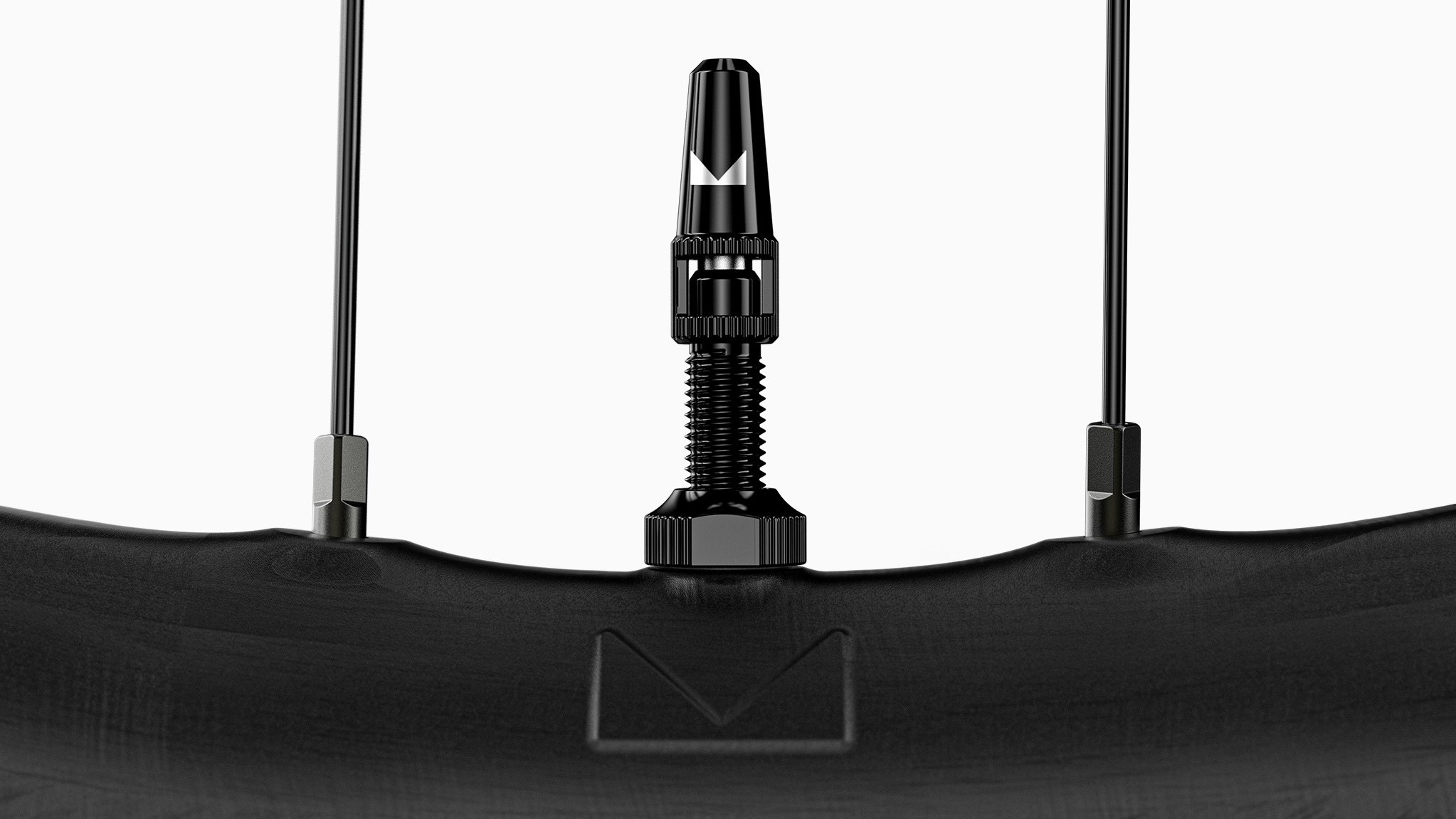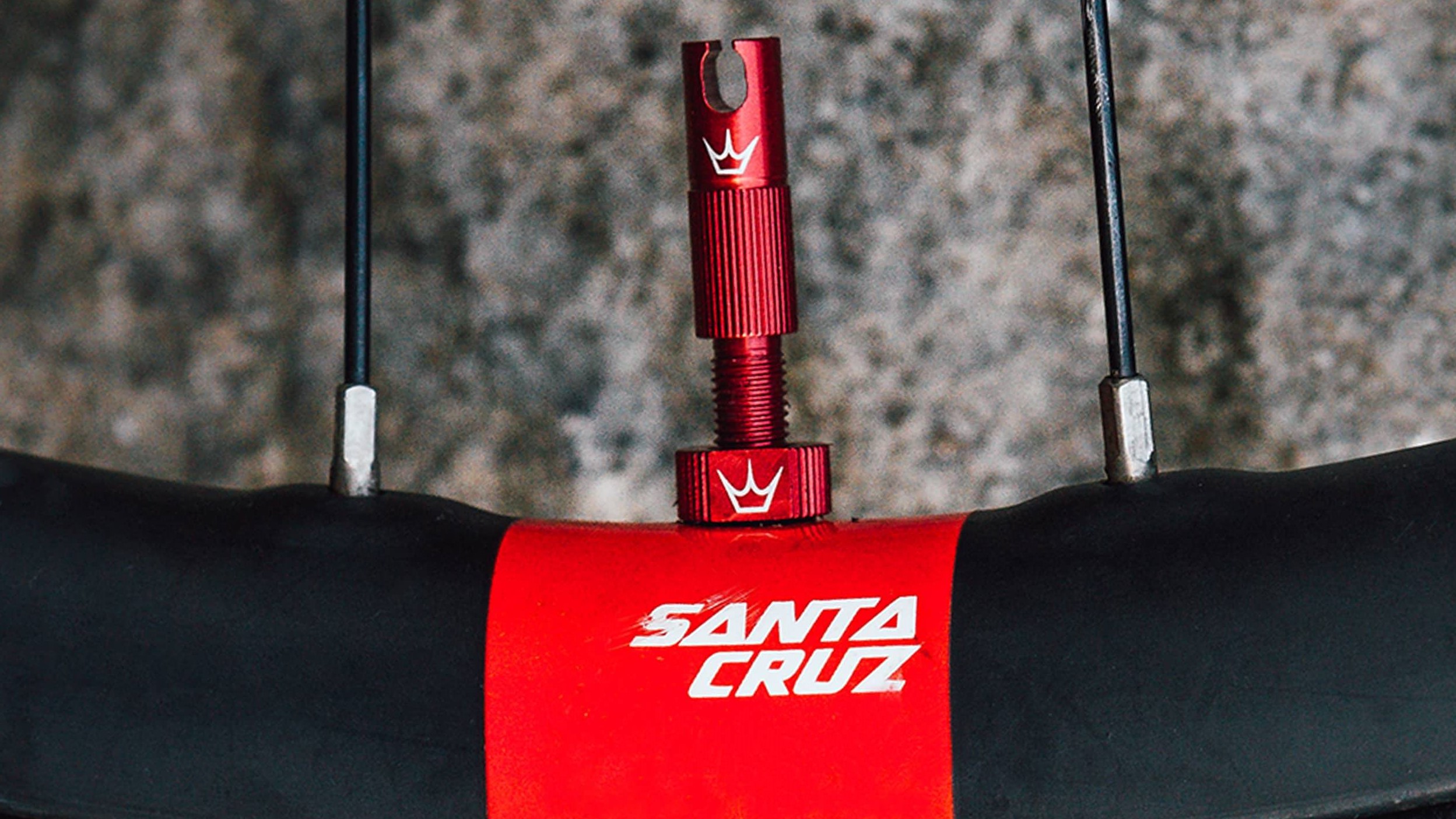Schrader vs Presta valves: Understanding the differences
You never think of valves until they fail. But what is the difference between Presta and Schrader valves?

Mountain bikes have many standards. At times, the list can be dizzying, but one area where there should be relative simplicity is the valves on your wheelset.
Tire pressure leakage is a deep annoyance for any mountain biker. It is often the result of a frustrated attempt at rushed inflation when a valve can easily be bent – rendering you with a much worse situation.
Valve choice and care has become more important with tubeless tires and wider rims. Your choice of the best tubeless tire sealant can also create a clogging problem in the valve core. This often goes unnoticed until you flat out on the trail and need to use a CO2 cartridge, only to discover that very little air is being passed into your tire through the valve.
What are the two valve types?
There are two universally used options: Presta or Schrader. You might not use valves often, but they are working all of the time to keep the air inside your tires.
Presta valves are most commonly found on mountain bikes. Depending on trail conditions, riders might adjust tire pressure on a ride. A good valve will allow you to make accurate pressure adjustments. This is what the Presta valve is really good at.
If you have ever inflated your car tire, you'll know exactly what a Schrader valve is. It is a tougher standard and used mostly in tubed tires, which is a rarity with mountain bikes. Cheaper bikes will mostly use the Schrader standard.
What's the difference between Schrader and Presta valves?
Longer and thinner in profile, the Presta design doesn't use a check valve mechanism to manage inflation and air retention. To inflate it, you need to unthread the metal head screw. The Presta system relies on the pressure in the tire, for its valving.
By contrast, you can immediately recognize a Schrader by its stouter proportions. The Schrader's overall design is more robust, and when you are in a rush, amped to get riding with others waiting at the trailhead, tire inflation can be hurried with less fear of damage.
The Schrader valve is more resistant to abuse. Attaching a pump nozzle or attachment to it is seamless. You simply remove the valve cap and attach your pump. The connection is true and generally foolproof without having to fiddle with unthreading the head as you do on a Presta system.
The cost of a Schrader valve's robustness is its larger diameter and limited sizing. Any valve requires an additional hole to be drilled into the rim during fabrication. The smaller you keep this hole, the less of an impact your valving has on the rim’s structure. This can be a big deal in road riding but less so with wider mountain bike wheels.

How do you pump up a Presta valve?
The Presta valve has a slightly more complicated pump nozzle interface, unlike the Schrader valve with its simpler head. To inflate any tire being fed by a Presta valve, you need to turn and unscrew its head slightly. This can become a bothersome effort in the dark or cold, and can even become stuck over time.
The Presta valve head is easier to damage than a Schrader valve when handling it during inflation. If you manage to lose valve caps (and we all do, constantly), there is a greater risk of riding damage with a Presta valve compared to a Schrader.
Where the Presta wins, is the sensitivity of its adjustments. Mountain bikers know that the smallest tire pressure change can make a big difference to ride quality and grip.
A Schrader valve is nearly impossible to modulate when attempting a deflation out on the trail. You might only want to reduce pressure by a few PSI, but the more robust one-way valve needle is sure to trigger a much bigger flow of air than intended.
With the Presta, you can delicately edge out very small amounts of air, settling that tire to the ideal pressure range, especially when the terrain is a lot different to what you anticipated.
Can I change from Presta to Schrader?
If you value the robustness of a Schrader valve system, there is good news. It is possible as an upgrade of your current Presta set-up.
Presta to Schrader adaptors are available. How they work is by using a short Presta valve body, with a Schrader screw-on head. This gives you the more robust pump interface of a Schrader valve.

Do bike pumps work on all valve types?
Most of the best mountain bike pumps have a dual-purpose inflation attachment, which means you don’t have to worry.
It is very rare to encounter a contemporary bicycle pump that does not have an integrated inflation attachment, featuring both the Presta and Schrader standard. Even lightweight handpumps - the kind you ride with inside your backpack - have a switch adaptor to work with both valve standards.
With the appropriate adaptor, you can use a Schrader head to pump a Presta valve, however, converting a Presta-only pump head to inflate a Schrader valve is not viable.
Valve choice and rim size
Mountain bike wheels are exposed to a lot of abuse. Having a smaller, lighter and potentially weaker valve securing your air pressure is not clever riding economics. As rims have become wider, the advantage of a Presta valve’s smaller core profile has become less relevant. Wider rims have more material so the difference between an 8mm Schrader and 6mm Presta valve has become less of a structural rim strength issue.
Most mountain bike wheels have become standardized with a 30mm internal width, rendering the 2mm smaller diameter of a Presta valve immaterial, especially with the strength ratio of carbon-fiber rims. The weight difference between a Presta and Schrader valve is minimal. Regardless of which valve system you choose for your mountain bike, the one golden rule is to practice great valve cap discipline.
Both the Presta and Schrader valves are vulnerable when ridden without the protection of a valve cap. Cheap and simple to keep in place, valve caps will prevent much reinflation unhappiness in the future.

Lance Branquinho is a Namibian-born journalist who graduated to mountain biking after injuries curtailed his trail running. He has a weakness for British steel hardtails, especially those which only run a single gear. As well as Bike Perfect, Lance has written for MBR.com, Off-Road.cc and Cycling News.
